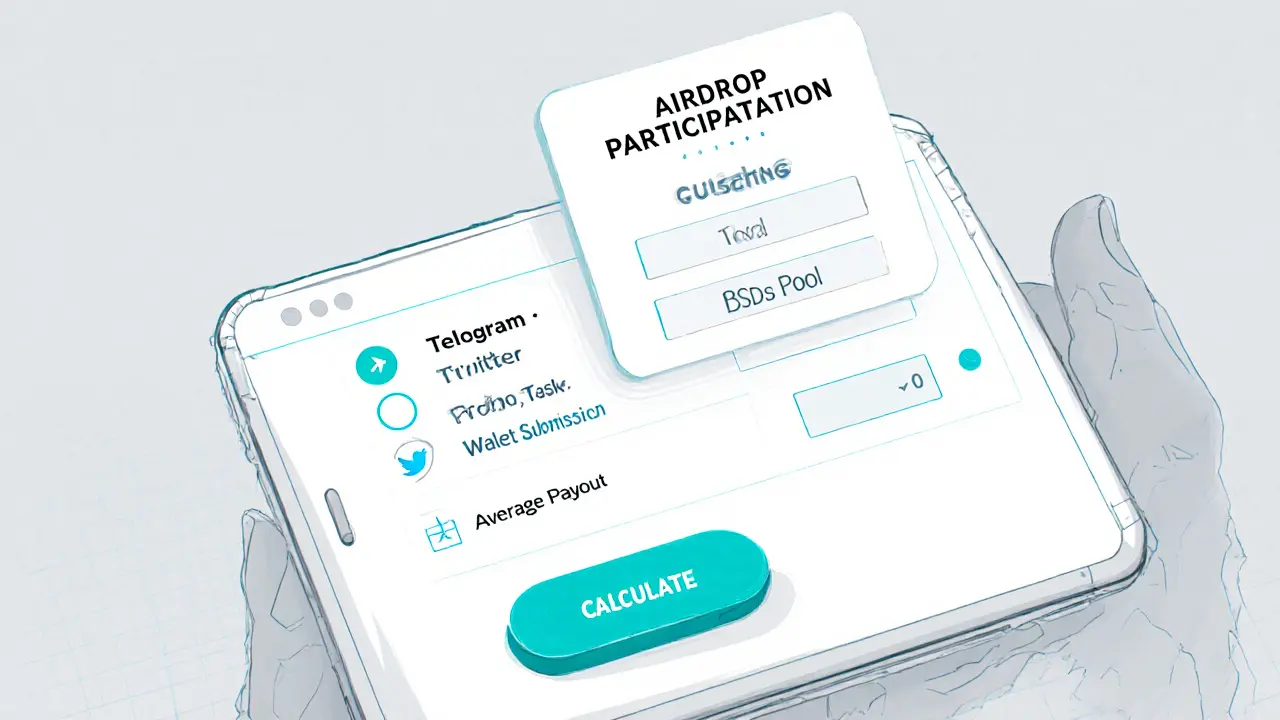Age of Gods: Your Hub for Blockchain Gaming, Tokens & Airdrops
When diving into Age of Gods, a play‑to‑earn universe built on smart contracts that blends mythic lore with real‑world value. Also called AoG, it lets gamers earn, trade and stake digital assets while battling across realms. Age of Gods encompasses play‑to‑earn mechanics, NFT collectibles and a token economy that mirrors traditional finance, making it a perfect case study for anyone curious about crypto gaming.
How Blockchain Gaming Powers Age of Gods
At its core, blockchain gaming, the use of decentralized ledgers to record in‑game actions, assets and rewards fuels Age of Gods. This technology enables provable ownership of characters, weapons and land parcels, so players can buy, sell or lend items on open markets. Because every transaction is transparent, fraud drops dramatically compared to traditional games. Blockchain gaming also requires solid tokenomics, the design of token supply, distribution and utility within a platform to keep economies healthy; otherwise inflation wipes out earnings. In Age of Gods, tokenomics balances reward emissions with staking incentives, ensuring long‑term value for both casual players and investors.
Another pillar is the virtual economy, the network of trade, services and financial flows that emerges inside a digital world. Age of Gods’ marketplace mirrors real‑world dynamics: supply‑demand curves, price discovery, and even speculative bubbles. Players can farm resources, craft NFTs, and sell them for the native GOAD token or major cryptos like Bitcoin. This virtual economy is directly shaped by the game’s tokenomics and the underlying blockchain’s scalability—features like sharding or layer‑2 solutions keep transaction costs low, allowing rapid in‑game commerce without choking the network.
The NFT, non‑fungible tokens that represent unique digital assets on a blockchain ecosystem brings rarity and provenance to Age of Gods. Legendary heroes, mythic weapons and limited‑edition land parcels are minted as NFTs, giving owners true scarcity and tradable value. Because NFTs are interoperable, a prized sword from Age of Gods could appear in another game that supports the same standard, expanding utility beyond a single platform. This cross‑game potential fuels collector interest and drives secondary‑market activity, which in turn feeds back into the virtual economy.
For anyone looking to get involved, airdrops serve as the low‑risk entry point. Age of Gods frequently rewards early adopters with free token drops tied to community milestones or NFT launches. These airdrops showcase how the platform distributes value fairly while boosting user growth. Understanding the mechanics—eligibility criteria, claim procedures, and security best practices—helps newcomers avoid scams and maximize their earnings.
All of these pieces—blockchain gaming, tokenomics, virtual economies, NFTs and airdrops—interlock to create a vibrant, self‑sustaining ecosystem. Below you’ll find deep dives on everything from how Proof‑of‑View tech powers ad‑free streams to real‑world examples of sharding, plus step‑by‑step guides on staking, claiming airdrops and navigating crypto tax rules. Whether you’re a gamer, investor, or tech enthusiast, the articles ahead give you practical tools to thrive in the Age of Gods universe.

AgeOfGods (AOG) Airdrop Details, Token Stats & Play‑to‑Earn Outlook
A comprehensive guide to the AgeOfGods (AOG) airdrop, current token price, deflationary tokenomics, gameplay mechanics, and risk outlook for investors and gamers.
